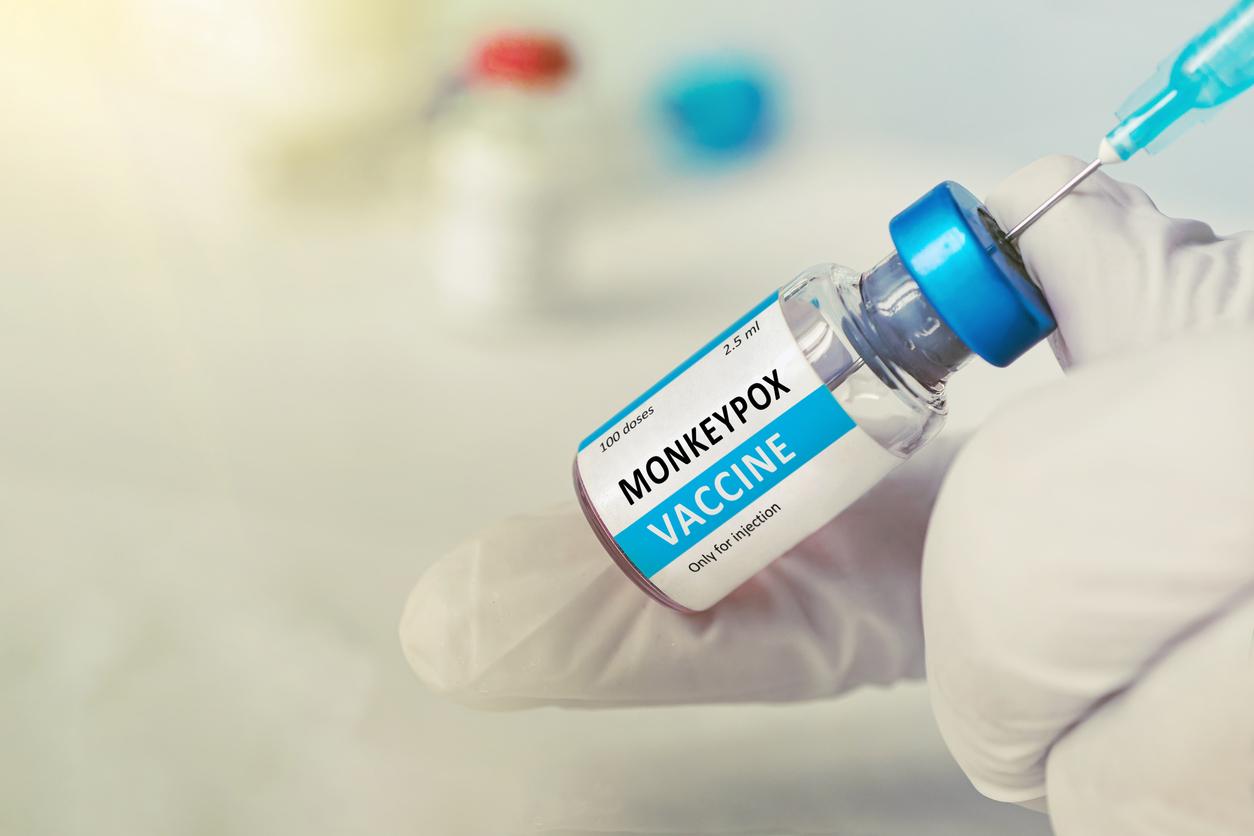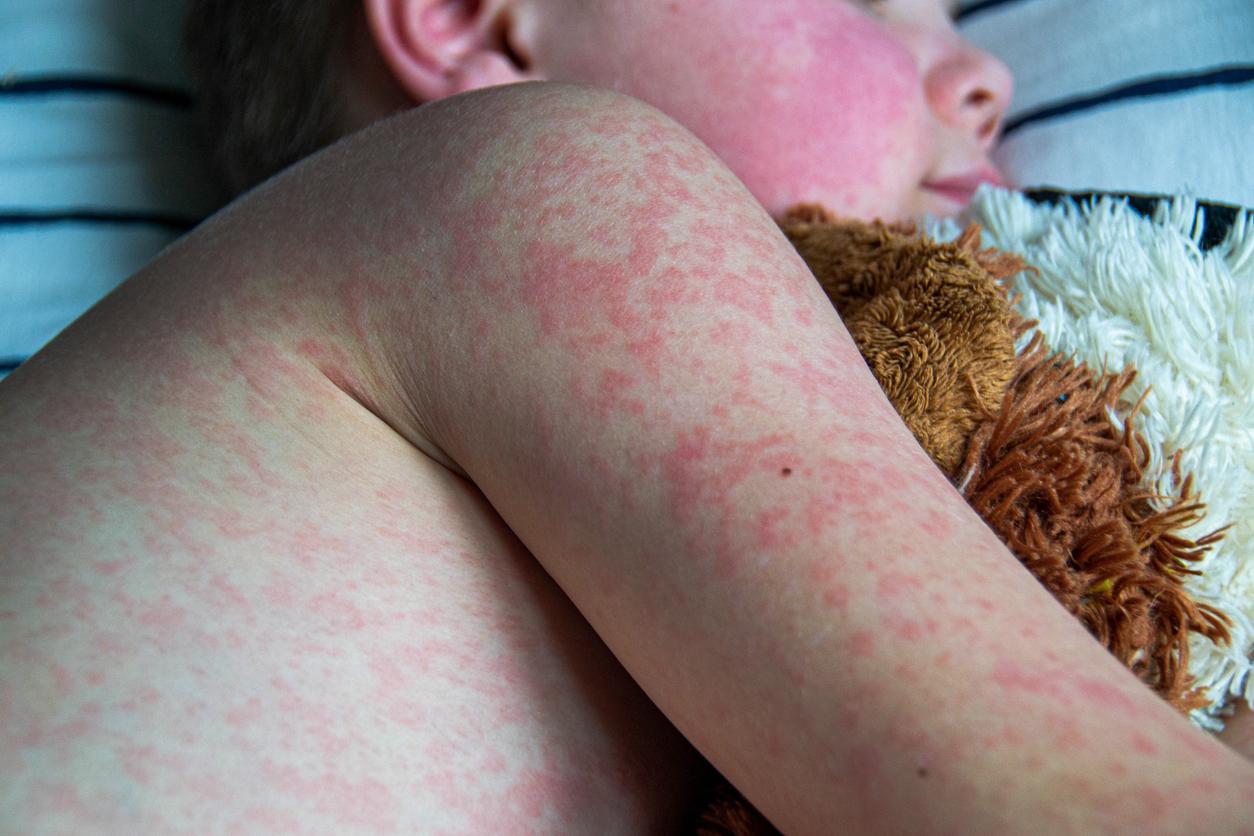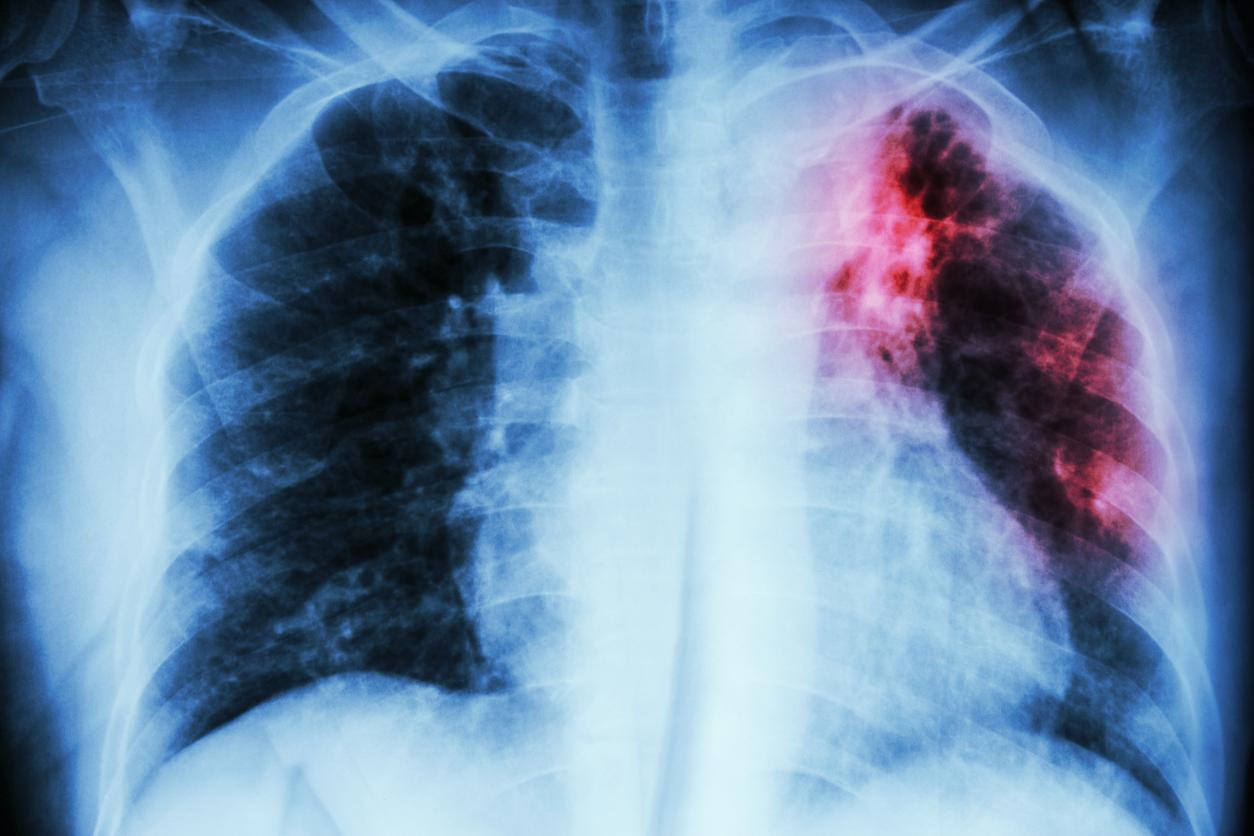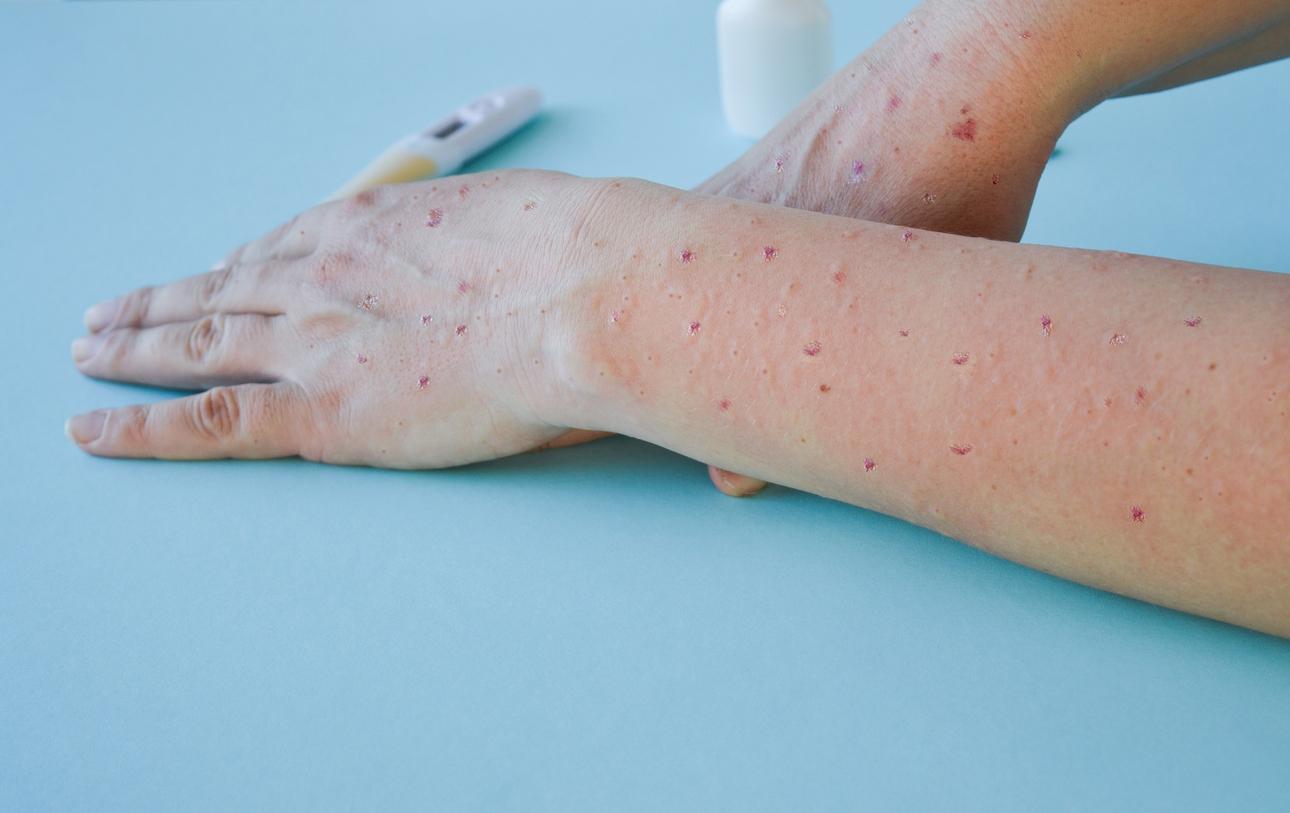The Ebola epidemic is not slowing down and is expected to infect 550,000 to 1.4 million people in West Africa. The number of reported cases is also widely underestimated according to a recent study.
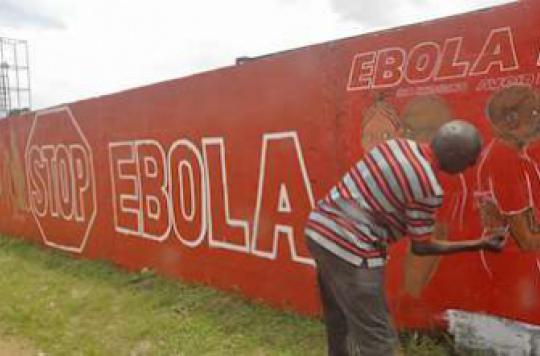
1.4 million Ebola infections by January 2015, and a case fatality rate higher than estimated. The latest estimates from the Centers for Disease Control and Prevention (CDC) and the World Health Organization (WHO) paint a grim picture. The epidemic that has raged in West Africa since last March has reached a scale hitherto unknown. And the caregivers on the ground would miss many cases.
Exponential growth
As of January 20, 2015, 550,000 to 1.4 million people are at risk of being infected with the Ebola virus, Atlanta CDC says in new report. In a press conference, its director even indicated that the WHO greatly underestimates the number of cases: there would actually be 2.5 times more. To reach these conclusions, the American agency used numerous data collected in the field, in particular the number of people potentially infected by each declared patient. The WHO also recognizes the gravity of the situation: the bar of 20,000 cases should be reached at the beginning of November, and not at the end of December.
The reproduction rate is indeed very high, confirms the WHO in the New England Journal of Medicine. Cases are doubling every month in Sierra Leone, every 3 weeks in Liberia and every 2 weeks in Guinea. “The important thing to remember is that we are still seeing exponential growth and that we have to stop it,” said Christl Donnelly, co-author of the study. However, the CDC notes, this rate was higher at the start of the epidemic.
The threat of an endemic
The estimated mortality rate also delivers unpleasant surprises: it is 70%, according to the WHO. But it could be lowered to 50% with adequate care (in a specialized center or at home, so as not to infect those close to them). To stem infections, sustained and massive action is needed, the two organizations agree. The threat is real since the epidemic could “become endemic among the human population of West Africa, a consideration which had never been considered before”, underline the authors of the study published in the New England Journal of Medicine.
The reduction in infections will only be achieved under one condition, concludes the Atlanta CDC through its director, Tom Frieden: coverage of 70% of infected patients. To do this, it is still necessary to identify the latter. The task becomes even more complicated. For each additional month in the hospitalization of 70% of patients, the number of cases is likely to triple. “Delays cost a lot in terms of lives and effort,” said Tom Frieden.
We must also count on the collateral damage of the epidemic, remind specialists Jeremy Farrar and Peter Piot in an article associated with the WHO study. “West Africa will experience much more suffering, deaths related to childbirth, malaria, tuberculosis, HIV, enteric and respiratory diseases, diabetes, cancer, cardiovascular disease and health mental during and after the Ebola epidemic ”, specify the two men. “There is a danger of the total collapse of civil society, as desperate communities lose faith in the system in place. “
.








